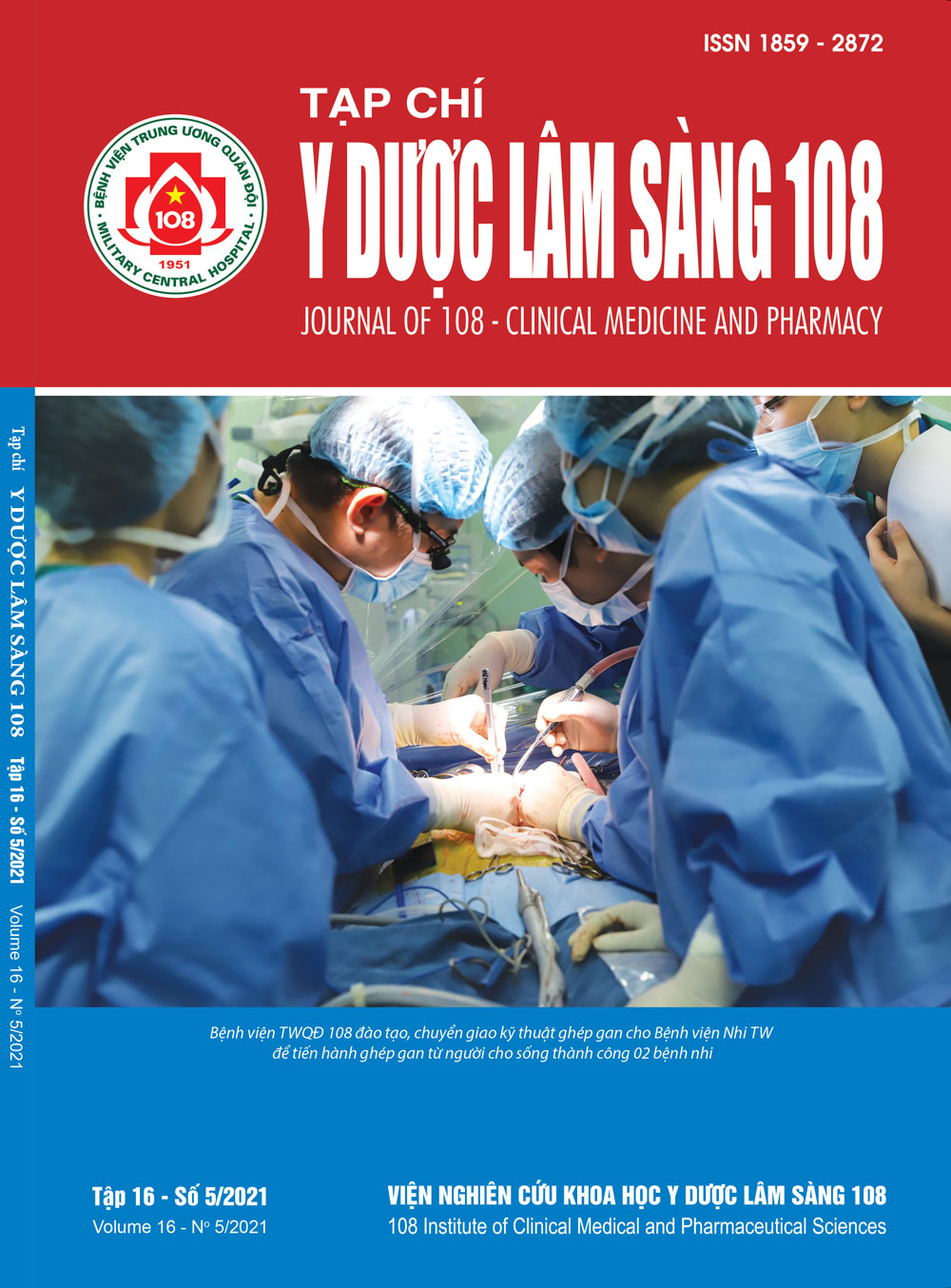Situation of sleep disorders in long distance bus drivers and traffic accidents in Vietnam
Main Article Content
Keywords
Abstract
Objective: To investigate sleep disorder of long distance bus drivers and relationship with traffic accidents in Vietnam. Subject and method: 200 male drivers were analyzed for job characteristics; investigating and evaluating sleep disorder according to the Pittsburgh Sleep Quality Index (PSQI) and retrospective traffic accident data for 3 years at the enterprise. Result: The rate of long-distance bus driving with 40.9 ± 5.6 mean age and 12.4 ± 5.6 working experinces with sleep disorder according to the PSQI scale (Global ≥ 10 score) was 58/200 drivers (29.0%). In which, the proportion of drivers with poor/relatively poor sleep quality was 53.5%, 31.5% of drivers had difficulty falling asleep; Average sleep time ≤ 5 hours was 65.5% with sleep efficiency ≤ 85% was 19.0%. 97.5% of drivers wake up when they sleep; 3.5% had to use sleeping pills and 63.0% had difficulty in work/life due to sleep disturbance. In the long-distance bus driver, the risk of traffic accidents of Glober score ≥ 10 points group was 1.6 times higher than that among of Glober score < 10 points group with p<0.01 (95%CI = 1.3 - 5.5, respectively). Conclusion: Sleep disorder of long distance bus drivers could be have relationship with traffic accidents, requiring further in-depth research.
Article Details
References
2. De Mello MT, Narciso FV, Tufik S et al (2013) Sleep disorders as a cause of motor vehicle collisions. Int J Prev Med 4(3): 246.
3. Gonçalves M, Peralta AR, Monteiro Ferreira J, Guilleminault C (2015) Sleepiness and motor vehicle crashes in a representative sample of portuguese drivers: The importance of epidemiological representative surveys. Traffic Inj Prev 16(7): 677-683.
4. Horne JA and Reyner LA (1995) Sleep related vehicle accidents. British Medical Journal 310(6979): 565-567.
5. Laube I, Bloch KE (2000) Falling asleep at the steering wheel a dangerous sequel of sleep apnea. Ther Umsch 57(7): 435-438.
6. Liu SY, Perez MA, Lau N (2018) The impact of sleep disorders on driving safety - findings from the SHRP 2 naturalistic driving study. Sleep 41(4).
7. Masa JF, Rubio M, Findley LJ (2000) Habitually sleepy drivers have a high frequency of automobile crashes associated with respiratory disorders during sleep. Am J Respir Crit Care Med 162(4 Pt 1): 1407-1412.
8. Sagaspe P, Taillard J, Bayon V, Lagarde E, Moore N, Boussuge J, Chaumet G, Bioulac B, Philip P (2010) Sleepiness, near-misses and driving accidents among a representative population of French drivers. J Sleep Res 19(4): 578-584.
9. Tabrizi R, Moosazadeh M, Razzaghi A (2018) Prevalence of sleep quality disorder among Iranian drivers: A systematic review and meta-analysis. J Inj Violence Res 10(1): 53-59.
10. Roya Amini et al (2020) The relationship between sleep quality and road traffic crashes of urban drivers in Hamadan, Iran. J Inj Violence Res 12(1): 47-53.
 ISSN: 1859 - 2872
ISSN: 1859 - 2872
